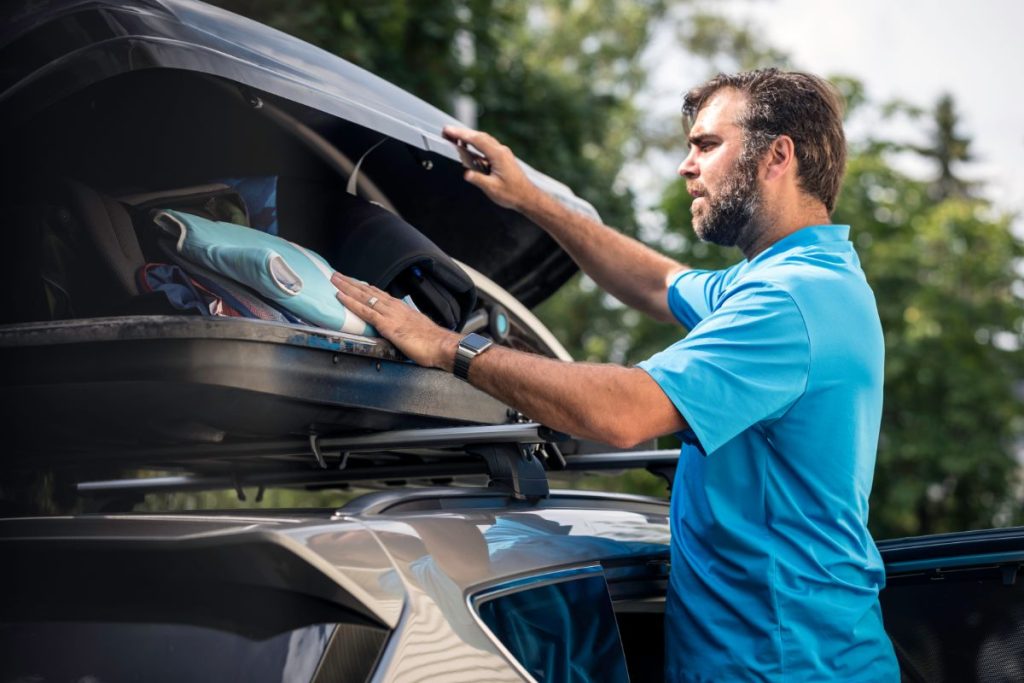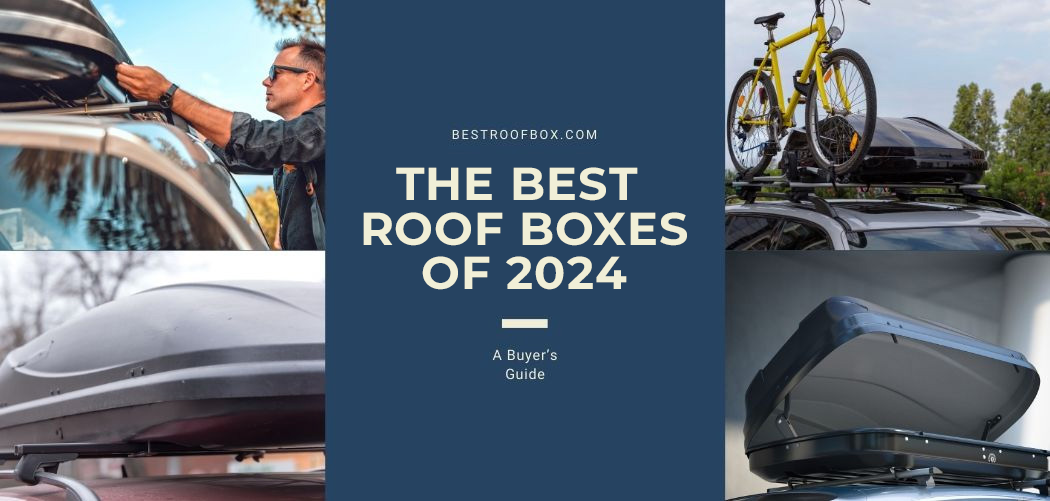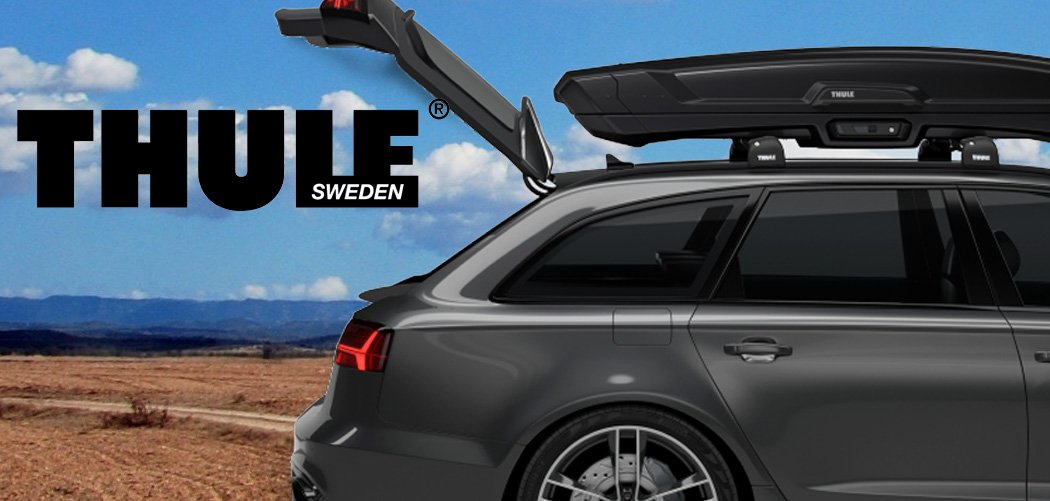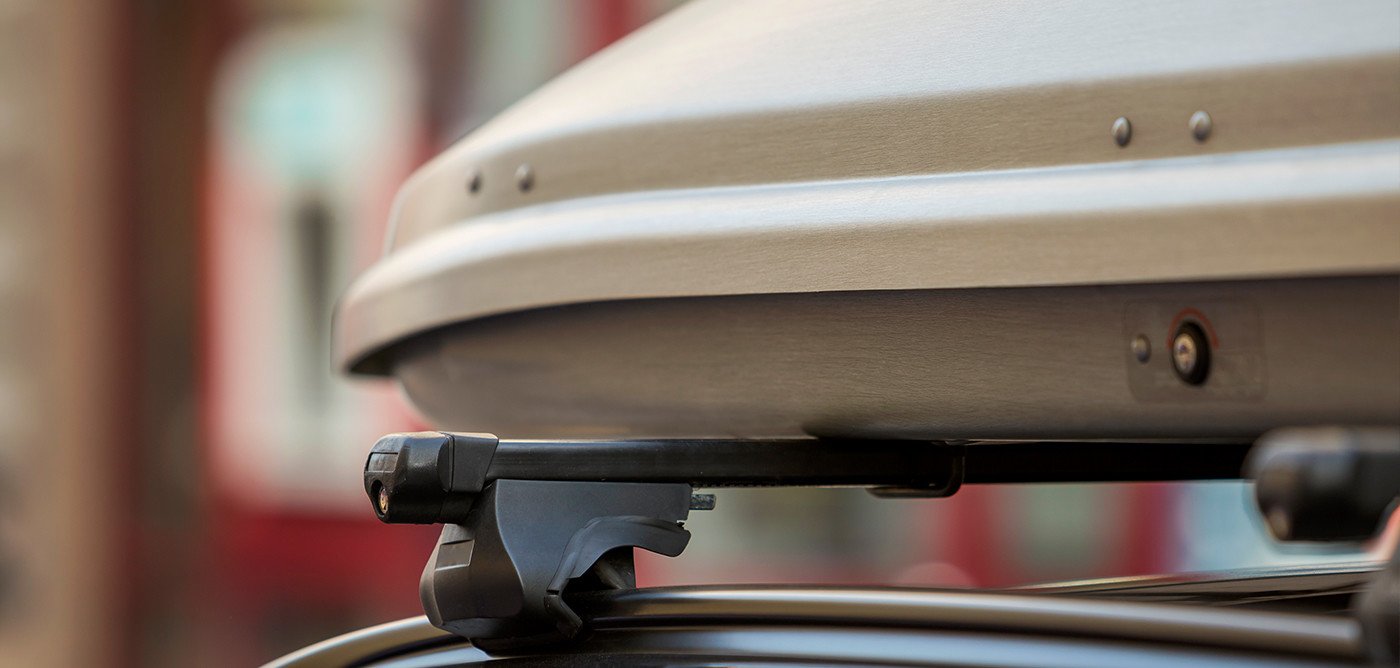Let’s talk about the different types of roof racks.
Roof racks provide you the freedom to bring all of your must-have essentials with you on a road trip while also making sure that you and your luggage are not packed into the inside of your car like a pack of sardines.
This is possible because roof racks can support a significant amount of weight, so most of your belongings can go on the roof rather than in the car. This includes the ability to load your car with bicycles, luggage, and even a canoe if you want.
If you have never got a roof rack before, you may not realize that there are many types, with watch ones having their uses, pros, and cons. In this article, we will explain everything that you need to know about roof racks, so you can choose the best one for your needs.
Table of Contents
Different Types of Roof Racks
Side Rails
These types of roof racks are intended to be part of a bigger roof rack system, rather than a roof rack themselves. While you can strap some items to these bars, it’s safer to use them as a base for your roof racks.
SUVs, conversion vans, and vans typically include side rails. they’re appropriate for transporting lightweight objects like a mattress over short distances, but should not be used to secure larger items for longer journeys.
They operate by sliding straps beneath your cargo, then over it, and then securing the straps on the opposite side. they’re great to use if you are in a hurry, but really should be used with other roof rack items.
Moreover, if these rails are level with the roof of the car, they cannot be used to secure freight and function only as anchor points.
However, if your car did not come equipped with them, they’re a fantastic addition that will make future rack installation much easier than on a naked roof
Each of the two side rail roof racks is either fixed or raised. As the tower expands without diminishing its ability to secure your things, they’re great for carrying bicycles and other outdoor equipment.
Since the anchor points are built into the inner sidewalls and create a stronger connection, there are more options for roof racks with fixed point connections.
Roof rails are often composed of plastic or fiberglass. they’re durable enough for short journeys but are best utilized as the foundation for a much more robust roof rack.
The fact that they’re tied to the roof, however, disperses the stress throughout the roof of the car, which is a far safer design than if they were coupled by a few small anchors.
Pros
- • In an emergency, these sturdy, built-in racks may be utilized to transport a small number of objects over short distances
- • It’s affordable and efficient to install them on a car, but the great majority of larger cars already have them as standard equipment.
Cons
- • Not designed to haul freight
- • Fixed and raised rails are incompatible with racks designed for them. If you have a temporary rack system for your car and buy a new vehicle with a different rail system, you will need to acquire a new rack.
Fixed Rails
Fixed point rails are designed to fit on the roof of your car and are almost always an intentional modification unless you’re buying a Jeep, Range Rover, or another off-road vehicle.
These types of roof racks are extremely durable, and their divots serve as anchor points for complicated and highly effective roof racks.
Although they’re compatible with clip ties and may be used to attach freight of different sizes, the best feature about them is that they can serve as a base for more durable roof products.
In general, though, these racks allow you to transport up to 165 pounds of luggage.
Fixed point rails and the racks they hold are among the most straightforward to install and operate. they’re ideal for short journeys with luggage.
In a hurry, they can be used to secure and carry goods over short distances, such as moving large store-bought boxes to your home.
These rails are almost always composed of metal since they’re designed to hold tall, heavy racks.
Some of their smallest and simplest anchoring systems can support over 165 pounds, with a maximum capacity that exceeds 300 pounds. Metal anchors are necessary for these circumstances.
Pros
- • Extremely resilient and trustworthy
- • Simple to construct and use racks
Cons
- • Better to be used in temporary systems
- • The rails are almost always factory-installed, so if you’re buying a used vehicle, it’s unlikely that you’ll be able to add them yourself.
Canopy Mounts
These mounts are often complicated and designed for large vans, cars, and RVs, but they can carry a tremendous amount of weight and store a substantial quantity of equipment. they’re meant for lengthy journeys.
Even though they may be used to transport smaller items, installing them is a bit unnecessary if you don’t travel and vacation much.
Canopy mounts are exceptionally sturdy and difficult to install, so you will need to contact a professional. These types of roof racks can be expensive, but they’re beneficial if you want to travel with a large number of items, notably bicycles or canoes.
They attach either directly to the car or to the conventional rain gutter rails that were regularly installed on autos during the 1970s and 1990s.
These heavy-duty mounts are great for long road trips, and moving home, and work best on big vans and recreational vehicles. They let you stack equipment high and move massive loads at once, which is very convenient.
Because they bear so much weight, they’re always built of metal, but this makes them sturdy and trustworthy, just what you want in a rack created for this purpose. A metal anchor is required for connection though.
Pros
- • Extremely durable
- • Able to reliably support a substantial amount of weight and height
- • Permanent installation so you won’t need to adjust them every time you need them
Cons
- • Require professional installers (doing it yourself is possible, but not recommended unless you’re an expert).
- • Pricier than equivalent rack configurations
- • Mounting rails must be composed of metal.
Rain Gutters
In the 1980s and 1990s, the great majority of vehicles were manufactured with these installed. They were not intended to be rack rails, yet they revolutionized the market.
Due to the popularity of these fittings, rack manufacturers designed many of their products to work with these types of rails, and future rail systems were patterned after them.
These types of roof racks are often made of metal so they’re strong and serve as an effective anchor point for rack systems.
In contrast to most of these other rack systems, it’s very simple to obtain a gutter rail in a secondhand car because they were so widespread on older model vehicles.
These are perfect for acquiring a used van or SUV as a vacation vehicle since they’re sturdy, built of solid metal, and common on older cars.
As anchor points for various rack systems, their metal composition renders them durable and trustworthy.
Pros
• These racks are resilient and well-made.
• Attach to your car securely
• The design hasn’t changed in decades because it works so well on so many cars.
Cons
• This may sound odd but there aren’t any cons to this type of rack. They can carry a substantial amount of weight and work effectively with both tall and short stacks of equipment or luggage.
Summary
Roof racks are an excellent feature to add to your car if you can, especially if you love going on road trips but don’t want the inside of your car crowded with all of your things.
When getting a roof rack, make sure that you get one that will work with your situation and one that is compatible with your car.




